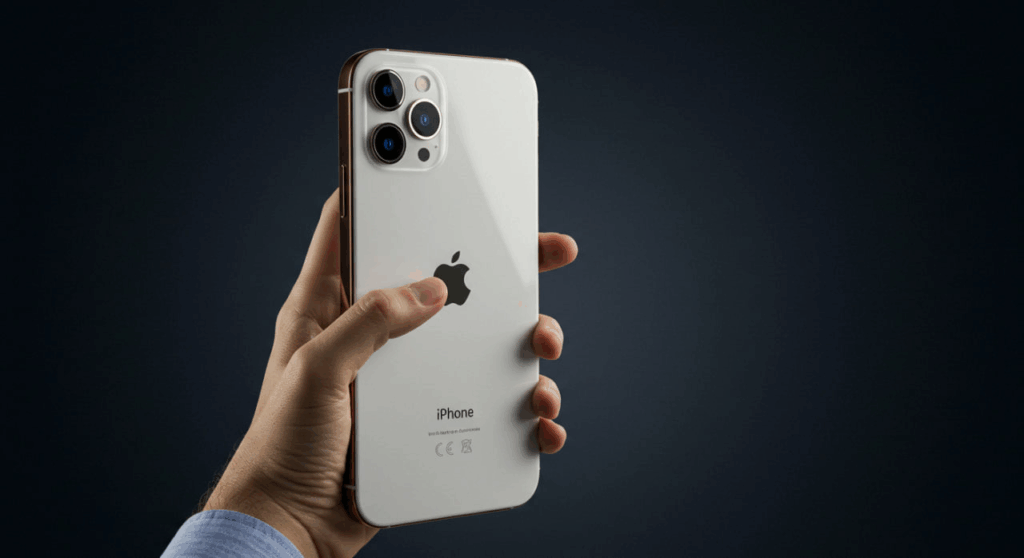Apple has once again captured the tech world’s attention with the launch of the iPhone 13 series, announced in 2021. This latest iteration brings a suite of enhancements, with the spotlight firmly on its advanced camera capabilities. From cinematic video modes to improved low-light performance, the iPhone 13 is designed to elevate mobile photography and videography to new heights. Let’s dive into the key features that make this device a standout in the smartphone market.
Cinematic Mode: A Game-Changer for Video
One of the most exciting additions to the iPhone 13 is the introduction of Cinematic Mode. This feature allows users to create professional-grade videos with a shallow depth of field, automatically shifting focus between subjects to mimic the storytelling techniques used in films. Whether you’re capturing a heartfelt moment or a dynamic action scene, Cinematic Mode adds a polished, Hollywood-like quality to your footage. Users can even adjust the focus points post-capture, offering unprecedented creative control for a smartphone.

Enhanced Night Mode for Stunning Low-Light Shots
Apple has further refined its Night Mode, making the iPhone 13 a powerhouse for low-light photography. The improved sensors and computational photography algorithms work together to deliver brighter, sharper images in challenging lighting conditions. Whether you’re snapping photos at dusk or in a dimly lit restaurant, the iPhone 13 ensures vibrant colors and fine details with minimal noise. This upgrade is a boon for photography enthusiasts who want to capture every moment, no matter the time of day.
Battery Life Boost and Durable Design
Beyond its camera prowess, the iPhone 13 series boasts significant improvements in battery life, allowing users to stay connected and productive for longer. Apple claims this is a “huge leap” in battery performance, making it ideal for heavy users who rely on their devices throughout the day. Additionally, the iPhone 13 features a Ceramic Shield front cover, which Apple touts as tougher than any other smartphone glass, enhancing durability without compromising aesthetics.
Smaller Notch, Sleeker Look
The iPhone 13 also sports a redesigned, smaller notch, offering more screen real estate for an immersive viewing experience. This subtle yet impactful change enhances the device’s sleek design while maintaining the iconic look Apple fans love. Combined with the A15 Bionic chip, the iPhone 13 delivers blazing-fast performance, ensuring smooth multitasking, gaming, and more.
Why It Matters
The iPhone 13’s advanced camera features, particularly Cinematic Mode and enhanced Night Mode, set a new standard for smartphone photography and videography. These innovations empower users to create professional-quality content without the need for expensive equipment. Coupled with improved battery life and a durable design, the iPhone 13 is a compelling choice for both tech enthusiasts and casual users looking to upgrade.
Conclusion
Apple’s iPhone 13 series is a testament to the company’s commitment to pushing the boundaries of mobile technology. With its cutting-edge camera features, robust performance, and refined design, it’s no surprise that the iPhone 13 has generated significant buzz. Whether you’re a content creator or simply someone who loves capturing life’s moments, the iPhone 13 offers tools to make every shot and video a masterpiece. Stay tuned for more updates as Apple continues to innovate in the ever-evolving tech landscape.



